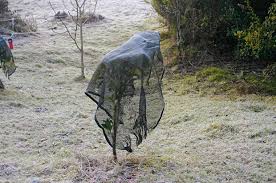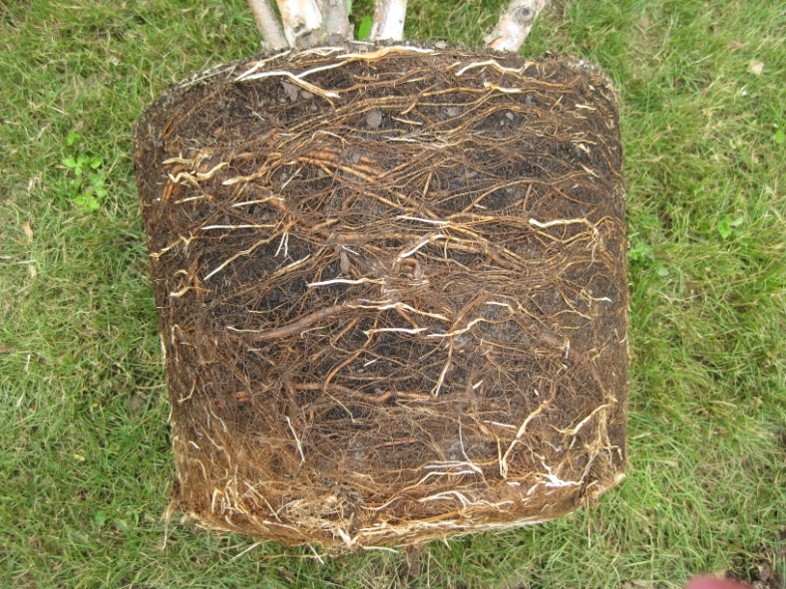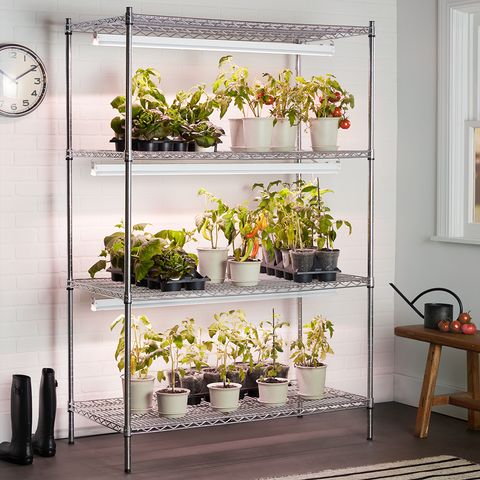Key limes are picky and require specific conditions to thrive and that can make key lime care challenging. Besides, the average and newbie farmer may not know where to start when it comes to key lime care.
Having fresh key limes in your backyard is particularly advantageous during summer or on days when you crave a cold limeade. But to grow a key lime successfully, you need to know how to take of it.
You needn’t give up on the thirst-quenching feel of freshly squeezed fresh key lime juice just because you’re not a professional gardener or arborist. Read on to find out everything you need to know about key lime care.
Information about key limes

You may know key limes are by their other commons names for instance, Mexican lime, West Indie lime and the Bartender’s lime. Key limes are the original limes from which humans have bred other lime varieties through natural hybridization.
Although key limes are the chief ancestor for limes, they aren’t as popular as their ‘offspring’ the Persian limes. Key limes are famous for the key lime pie, cocktails, and key lime juice. If you haven’t already, you need to get yourself your key pie tree because not only are key limes delicious, but they are even more satisfying to grow.
Conditions for key lime growth
1. Growing zone and temperature
Key limes are hardy to the U.S Department of Agriculture zones 9 through 11. Key limes are the most cold-sensitive of all limes. Should the temperature drop below 32 degrees, the key lime may lose all its leaves, and if temperatures drop further than 28 degrees, the key lime may die.
2. Watering

Like all limes, key limes are thirsty like all other citrus fruits and require consistent and sufficient watering. It would be best if you water at least once but no more than twice a week for most areas.
If you stay in a dry area, you may have to water more than twice a week. If you stay in an area that receives rainfall all year round, you may have to water less than once a week.
The key when watering is to ensure that you don’t leave the soil too wet from overwatering or wait too long until the soil to dry out before you water. The key is to ensure to keep the soil damp and moist.
3. Fertilizer
Limes are hungry and heavy-feeding trees and, as such, require consistent fertilizer application to keep the key limes nourished all year. It would be best if you fertilized a year thrice with slow-release, once in spring, late winter, or early and summer. Just avoid a late fall or early winter application because new growth will be damaged by frost.
Key lime tree care tips
1. Move or cover the plant during winter for proper key lime care.

As mentioned above, key limes are very sensitive to cold. If you leave key limes out in the cold during winter, the lime tree could die.
If you are growing potted limes, it is crucial that you remember to transfer the key lime indoors ahead of winter.
However, don’t transfer the plant immediately because the sharp environmental change between indoors and outdoors will shock the lime tree. Transplant shock can cause death in severe cases.
It is important to acclimatize the lime by gradually changing the conditions and making the transfer process easier.
Suppose you are growing the key lime outside and aren’t able to transfer it. In that case, you should cover the plant’s trunk with an insulating blanket.
2. Water adequately and consistently.
It is important to water key limes enough but most importantly, you need to water at the right time. Even though limes like water, waiting to water until after the soil goes dry will also negatively impact your lime tree.
Not only should you water enough, but also, you need to water at the right time. The general thumb rule is to water at most twice a week or when the first 4 inches of the soil dry out. It would help if you also watered enough to make the root area damp.
3. Fertilize for key lime care
It is important to fertilize about 3-4 times a year with a nitrogen-rich slow-release natural or synthetic fertilizer. You can use organic compost or commercial fertilizer.
Most fertilizers on the market have varying ratios of the essential NPK. The most common is a 5:1:1 fertilizer for younger plants. Flowering and fruiting key limes require fertilizers with higher potassium compositions. You can go for the 20:0:20 mix when your key limes start to blossom.
4. Prune

Pruning isn’t necessary for key lime growth, but that doesn’t mean you don’t need to prune. Just because key limes may do well without pruning doesn’t mean that they couldn’t do better if you pruned.
Pruning your key limes makes it easier to harvest the limes. In addition, pruning wards off pests, for instance those thick canopies cover.
After pruning, the canopy is broken, and the sunlight penetrating not only kills some pests but is also good for lime development.
Additional key lime care for potted
5. Repot

The majority of lime varieties’ roots will outgrow the growing pot every 2-3 years. A farmer needs to change the growing pots to a larger growing pot. It would be best if you doubled the diameter of the pot each time you repot.
Additional key lime care for potted limes grown indoors
6. Hand pollinate
Limes grown outside have access to pollinators like insects and wind, which key limes grown indoors do not have. The farmer’s hand must pollinate indoor-grown limes in order to guarantee that there will be limes on the tree come winter.
7. Invest in a grow light

Key limes grown indoors lack light, which is necessary for lime tree growth. If your key limes are indoor-grown, they may lack quality light.
Therefore, it is important to invest in a grow light to make up for the light deficit.
Dos and don’ts for key lime care
When growing key limes, there are rules that a farmer needs to aware of; otherwise, they risk damaging or killing the limes. Listed below are the dos and don’ts every key lime farmer must know.
Dos for key lime care
1. Use a slow-release fertilizer

If you use a slow-release fertilizer, it means that the fertilizer’s nutrients slowly release in small quantities over time.
As a consequence, the lime tree has access to small doses of nutrients overtime and thus the fertilizer takes longer in the soil without depleting.
Using a slow-release fertilizer saves the money that would have been saved on many fertilizer applications. In addition, it also reduces the risk of fertilizer burn, which occurs when a high quantity of fertilizer comes into contact with a plant.
2. Whitewash exposed trunks after pruning.
After pruning, you must remember to whitewash any exposed trunk of the key lime to protect it from sunburn. Sunburn can cause death in severe cases.
3. Use sharp disinfected pruning shears
When pruning, use sharp shears to avoid making blunt cuts, damaging the plant’s tissues. It would be great if you disinfected the shears after pruning diseased branches to avoid the spread of healthy branches.
4. Plant the tree in a sunny area

Lime trees like sunlight and key limes are no exception. Make sure to put your lime in the brightest area in your garden.
Don’ts
1. Wait for the soil to dry out before you water.
If you wait for the soil to dry out before you water, when you eventually water, it will shock your lime tree, which may respond by losing leaves and, in intense situations, death.
2. Overwater
Overwatering will cause root rot to your lime trees, which could also end in death for your lime tree. It is important to water just enough to make the soil moist but not soggy.
3. Fertilize in late fall
Fertilizing boosts growth, and fertilizing in late fall will result in new growth, destroyed by the winter frost.
It doesn’t make sense to fertilize if it will result in frost damage to the plant. Unless your winters are mild, skip the fall fertilizer application.
4. Prune in winter
Pruning in winter or close to winter can be hazardous to the plant because, like fertilizing, pruning also encourages growth. If new shoots grow, they will be frost damaged.
FAQs
The length of the time a key lime takes to bear fruit, largely depends on the method of propagation. If it a seed-grown lime, it will take about 6-10 years to bear fruit. If you grew the key lime by cloning technologies like budding and from cuttings or grafting, it takes about 2-3 years for the lime to bear fruit.
It is advisable to water a key lime 2 to 3 times a week. If you live in a dry climate, you may have to water daily. In comparison, if you live in a wet and rainy climate, you may have to reduce your watering frequency.
The golden rule for watering is to water when the soil has just or is about to dry.
Key limes are bitter because they contain citric acid and ascorbic acids. Acids are bitter in nature.
Final thoughts
Key limes are very handy in the kitchen. You can make everything from pies to lime curd, to limeade, and cocktails. Growing your key limes may not only save your money but also guarantee you access to fresh limes.
Don’t shy away from growing key limes if you can’t take care of them because the tips and guidelines above are all you need.
